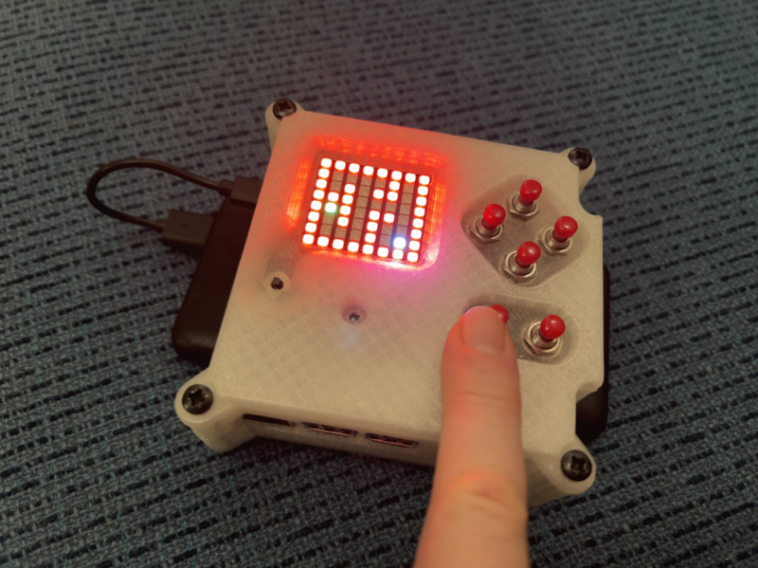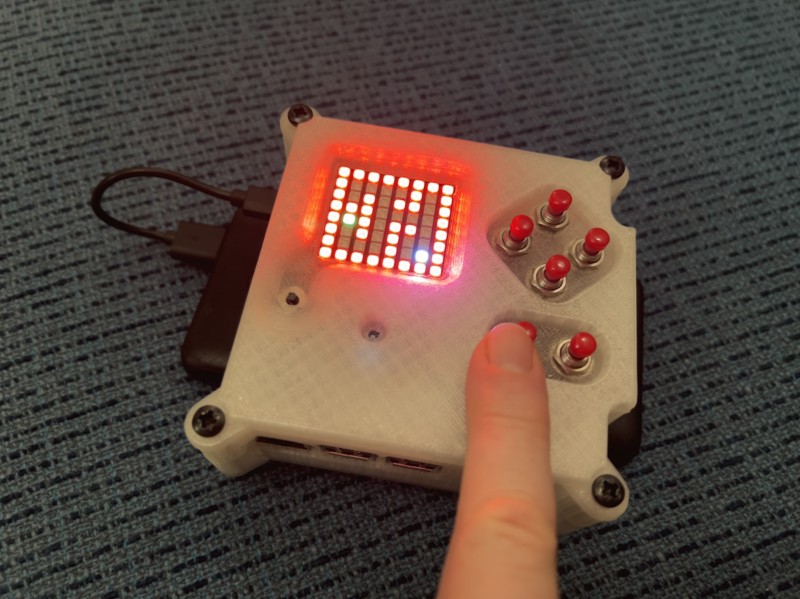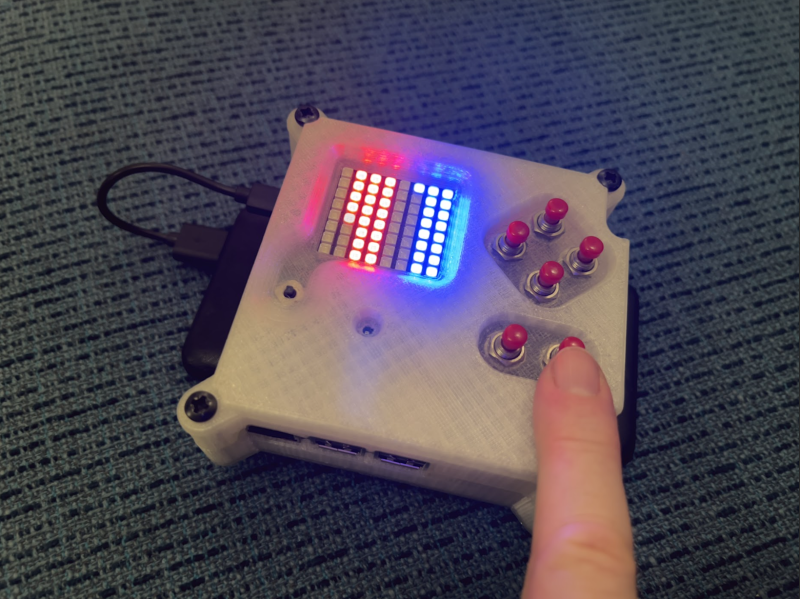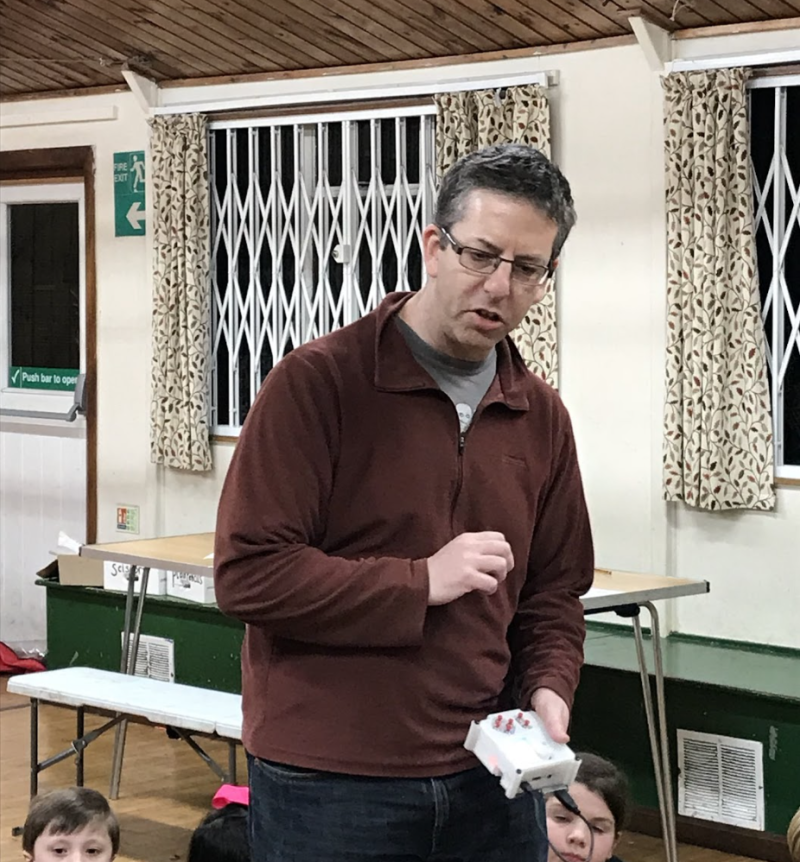What is your history with making?
I’ve always enjoyed building things – I had a big chest of LEGO as a kid, and so did my wife, and now we’ve only expanded it as our children got into model building too!
I’ve been going to BarCamps and hackathons since 2007 and have loved the opportunity to work with other people to put something together in a short space of time. I was even featured on BBC Click as an ‘Inventor’ back in 2009 for building a LEGO Dalek controlled from my phone.
When did you learn about Raspberry Pi?
Pretty early on. My then 12-year-old (now 20!) was one of the judges at the Code Club Pi-hack back in December 2012.
I’ve three active Raspberry Pi [boards] in the house, plus about seven or eight others, connected or embedded in various projects.
How did you start with Code Club?
I started running a programming club in my child’s primary school back in February 2012 – just before Code Club was founded. I approached the head teacher to offer a free lunchtime club for year 4s and he jumped at the idea!
Once the Code Club Scratch projects came out, I switched to using them pretty quickly as they were great fun and the children really enjoyed making their own games.
We’ve now had Code Clubs at Fleetville Junior School for nearly 12 years. I’m still running the year 6 club, even though neither of my kids go there any more! And we also run lunchtime clubs for years 4 and 5 – using Code Club material as well as Minecraft Education, micro:bits and Machine Learning for Kids.
I’ve also started up Code Clubs at work: Tesco Technology supports two clubs – one lunchtime club by our Welwyn office, and one after-school club by our London office.
What are some of your favourite Astro Pi moments?
Getting the kids to guess what the sensors are on my 3D-printed Astro Pi mockup – I run a small program that displays a maze for the gyroscope and accelerometer, and a bar graph for the humidity and temperature sensors. The kids then have to try different inputs to figure out what they are responding to. See the code and some pictures here.
Seeing the actual Astro Pi hardware at Raspberry Pi Big Birthday Bash events and at Richard Hayler’s talk at EMF Camp – and then seeing videos of their twins in the space station.





